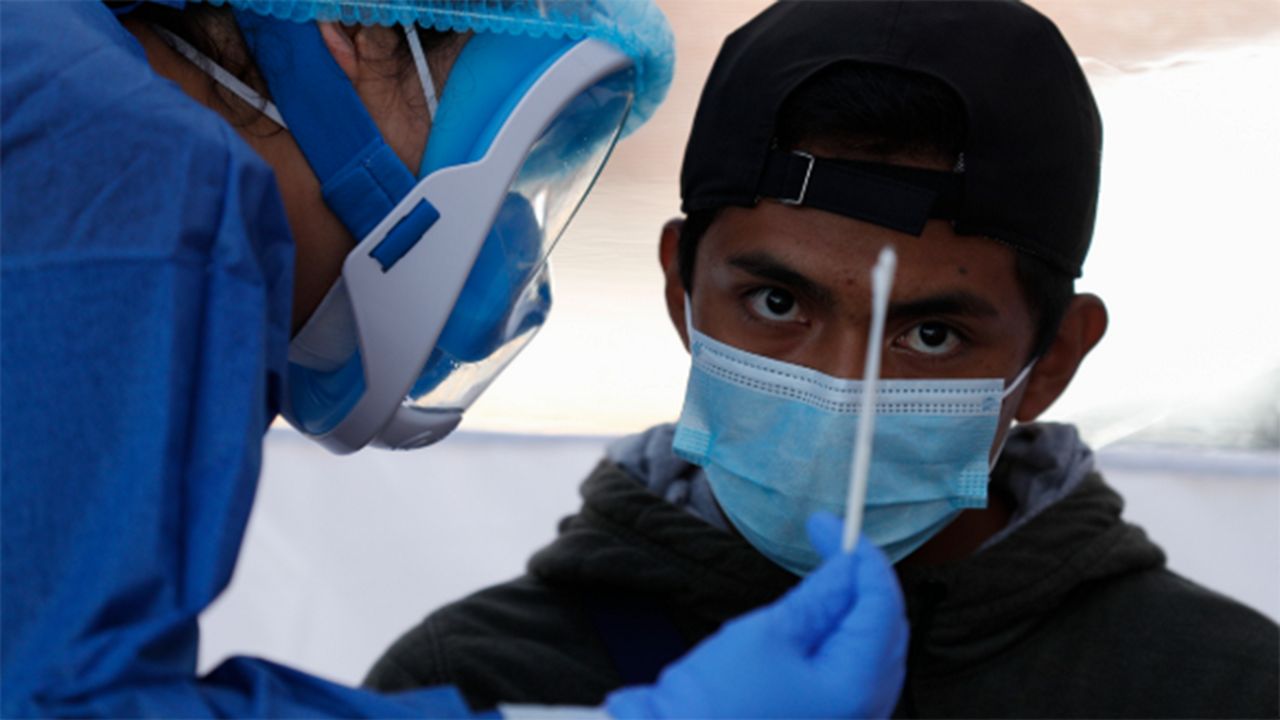TEXAS — In Texas and most places around the country, COVID-19 numbers are soaring. Infections, hospitalizations, and deaths have risen steadily since shelter-in-place orders ended in April. Some hospitals around the state whose resources are running scarce are creating impromptu “death panels” tasked with making a Sophie’s Choice on which patients receive treatment for the deadly virus and which are too far gone to have any chance of overcoming it.
By any metric, the pandemic in Texas is more widespread and deadly today than at any point since the first Texan was diagnosed with the virus back in March. In the face of these new daily horrors, a few municipalities are choosing to keep their citizens in the dark. Some Texas counties have stopped publicly reporting new COVID-19 cases, tracing, and other information that might change citizens' behavior — decisions many believe is motivated by fear of losing commerce, not lives.
Counties like Ector, whose biggest city is Odessa, cited a lack of resources as the reason it stopped publicly reporting new cases. County Health Authority Dr. Babatunde Jinadu said the county health department has had to reduce its staff from 15 to 6 people as of Dec. 29. Jinadu announced the decision during a spike that many feared would prompt more restrictions. Local media reports pointed out that the county was frequently the target of public criticism throughout 2020 for its inconsistency in releasing local COVID data. Often, the county failed to update its website for several weeks, even with a larger staff.
Officials in Llano County stopped publicity reporting contact tracing. A county judge said the decision was made because, the county said, vaguely, local officials were “not getting complete details.” Health officials stopped including contact tracing and hospitalizations on its bi-weekly report last month.
In Collin County, commissioners voted 3-2 in favor of only sharing online the number of people in the county who are hospitalized with the virus. Previously, the county had stopped reporting city-specific data and added a warning to its dashboard about the reliability of the state’s case numbers. Late this summer, as state health officials announced they were working through a backlog of previously unreported Coronavirus test results, Collin County leaders expressed a lack of confidence in that data.
Critics of counties that are withholding certain information believe officials are only doing so because they fear higher numbers will force people to stay home more often, which would hurt local businesses — that human lives are being sacrificed on the altar of capitalism.
Even counties that have stopped posting their COVID-19 numbers publicly are still required to report them to the state. A spokesperson for the Texas Department of State Health Services said the counties are not legally bound to report their data to the public.
“Since Texas has a decentralized public health system, there are 50-plus local health departments that do their own case investigations and contact tracing for infectious disease in their jurisdictions,” she said. “The areas that don’t have a local health department are served by the DSHS regional offices. How each local health department reports case data to the public and to local officials isn’t something we have insight into.”
Since the beginning of the pandemic, the state’s gathering and reporting of numbers has been a source of contention in discussions over how far COVID-related restrictions should be extended. The Texas Department of State Health Services Coronavirus dashboard updates daily with new numbers of confirmed cases, tests performed, deaths, and more, with limited demographic information and some numbers broken out by county. Texas fares well on data transparency in comparison with other states, earning an A for the quality of its data from The Atlantic’s COVID Tracking Project, one of the most robust U.S. resources on the virus.
Back in July, the state changed its method of counting deaths and created discrepancies with local tallies. For example, the state was reporting hundreds more Harris County deaths than Harris County leaders were. It was just the opposite in Hidalgo County, part of the hard-hit Rio Grande Valley, where local leaders reported hundreds more dead than the state.
The state’s reported hospitalization numbers plummeted July 23 by more than 2,000. The drop didn’t represent a sudden mass discharge of Texans from local hospitals, officials said, but rather a complication brought on by incomplete data.
That week, around 15% of Texas’ more than 500 hospitals stopped sharing data with state public health officials, who blamed a new federal reporting requirement that had caught hospital administrators unawares. Texas Department of State Health Services officials did not disclose which hospitals stopped submitting data about coronavirus patient numbers.
The new policy came from the Trump administration, which announced July 15 that hospitals would no longer share data with the U.S. Centers for Disease Control and Prevention and instead send it to a private technology firm contracted by the U.S. Department of Health and Human Services. Hospitals had mere days in some cases to overhaul their data-sharing practices.
Texas health officials say the state’s data has returned to its usual level of thoroughness, with between 94% and 98% of hospitals reporting daily figures to the Texas Department of State Health Services. But the agency no longer includes a disclaimer on its website noting that the data was highly incomplete from July 23 through July 28.






